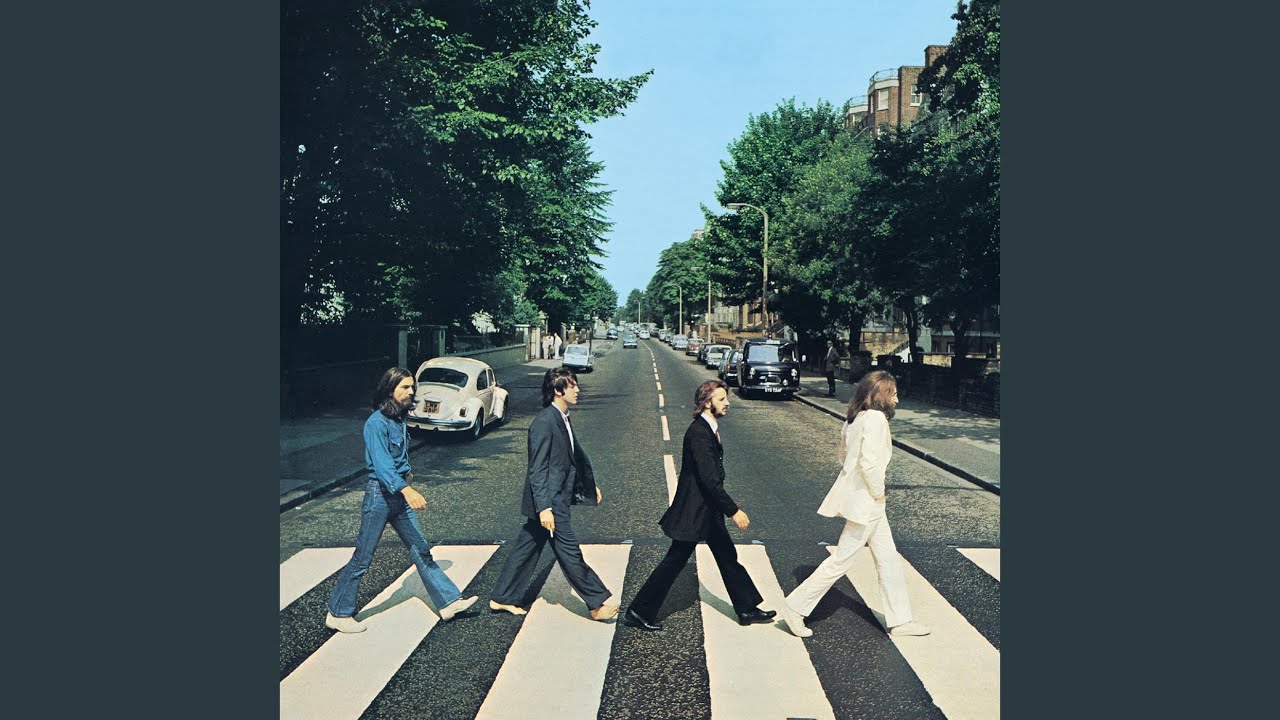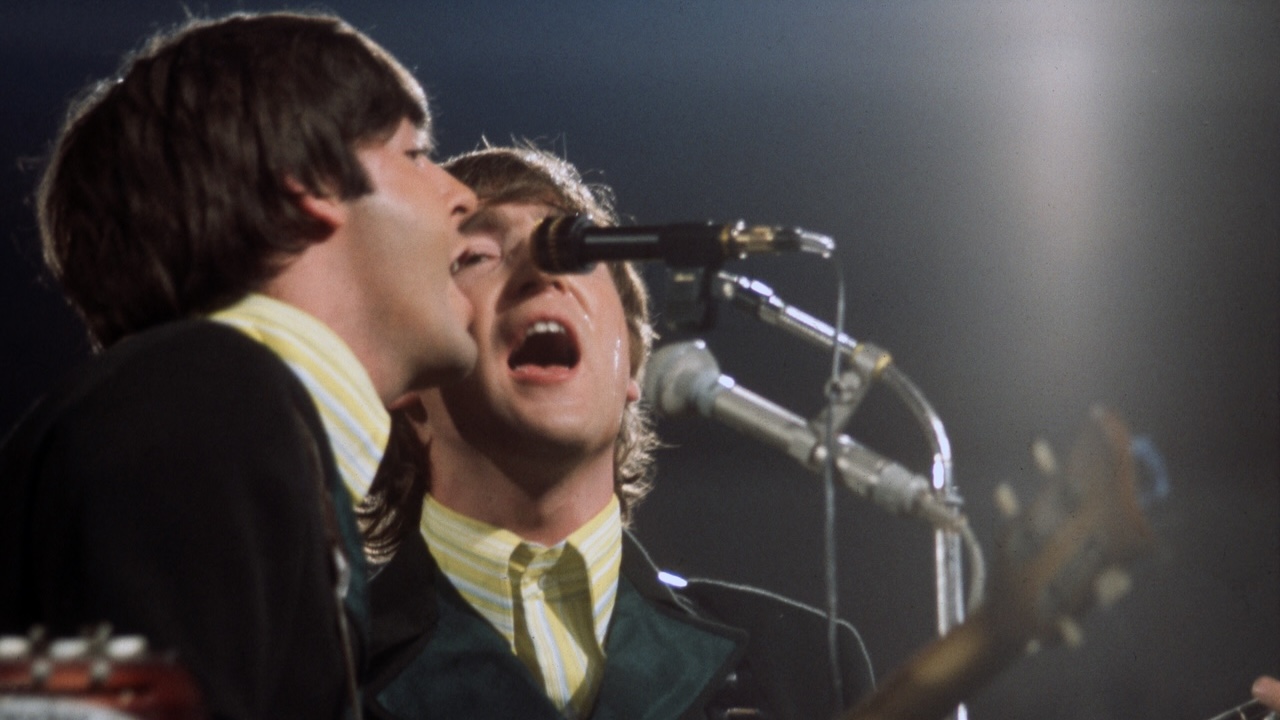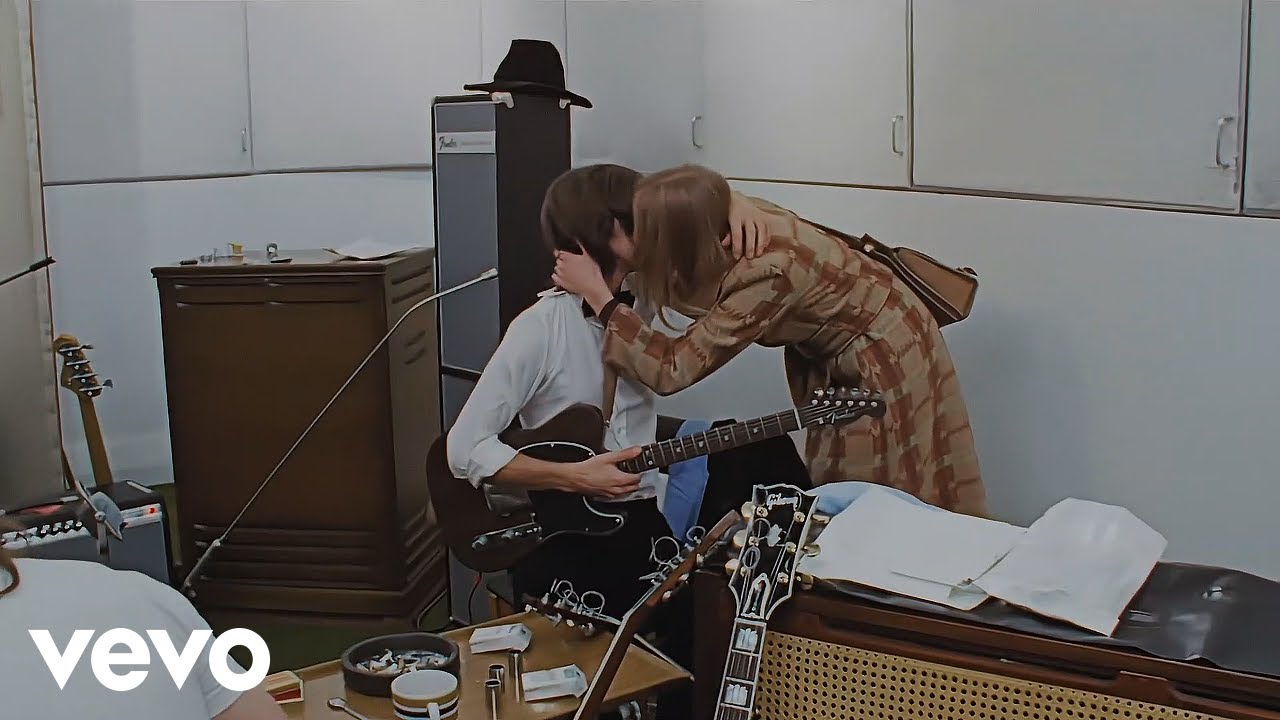Session bassist Will Lee has been singing even longer than he has been playing bass guitar. Still, the 1998 formation of the New York City Beatles cover band the Fab Faux presented Lee with a new challenge: singing and playing Paul McCartney’s brilliant melodies and basslines live.
“Generally, when it comes to singing and playing bass, my first thought is always, ‘Can we overdub?!’” Lee tells Bass Player. “I have difficulty putting 100 per cent into both at the same time. I’ll often find my singing momentarily distracted by a groove or my bass playing briefly lapsing during an expressive vocal passage.
“But what gives me an advantage with the Fab Faux is the music is so deeply ingrained. Plus, I spend a lot of time working out the songs and the moves.”
“With McCartney there are two periods: The early albums, where the band would recreate what they did live – and the post-’65 overdub era, where they would save Paul a track and his bass would be one of the last things to go on a song.
“What makes some songs like Day Tripper, Nowhere Man, Getting Better, and Oh! Darling tricky are the continual bassline variations. Virtually every time Paul gets to the chorus sections he plays them differently.”
The foundation of Oh! Darling is Paul McCartney’s loping, heavily ornamented bassline, modeled after Fats Domino’s left-hand piano on Blueberry Hill.

According to Mark Lewisohn’s The Beatles Recording SessionsMcCartney laid down a guide vocal when the basic rhythm tracks were cut on April 20,1969.
Though McCartney didn’t achieve a satisfactory lead vocal overdub until three months later, there are audible clues on the final mix that he was singing while he recorded his bass track. Notice the missed downbeat and a mid-measure clam in bar 13 (D# instead of D over Bm) and the late entrance at 01:29.
In addition, the bass and vocal are cleverly integrated. When the vocal gets busy, the playing gets sparse and vice versa.
McCartney establishes the song’s lazy, 12/8-shuffle feel in bar 1. In the first four bars he plays each chord’s root on beat one, a motif into beat three, and fills on beat four. His subtle yet effective phrasing include slides and hammer-ons that originate from various intervals below their targets.

McCartney’s approach differs substantially in the second verse. He nails a root-5 power chord on the downbeat, plays the next bar’s motif above the F# root, and fills with eighth-notes throughout.
The bridge begins with McCartney pumping the IV’s root (D) into a chromatic climb and subsequent drop to F, one of the song’s two non-diatonic chords. Next, it’s back to A for a slow walk and descending hammer-laden fill at 01:23.
The vocal rhythms also get busier. The first trouble spot occurs at the end of bar 18 at 01:16. The vocal begins after beat four on the 16th-note upbeat immediately following the second eighth-note. This means you’re singing between played notes. Isolate this beat and drill it using bar 19’s downbeat as a target. When this vocal passage recurs at 01:29, the bassline precedes it.

In the third verse, McCartney plays beat-four approach fills throughout: low grace-hammers at 01:49, a half-step hammer-on and chromatic descent at 01:53, and Hendrix-y phrasing at 01:57.
That’s some heavy analysis for a doo-wop tune. But before you cry “overkill,” consider this: singing and playing at the same time requires developing a whole new set of chops. Some claim it’s a matter of independence, but it makes sense to view singing and playing as a process of integration.
“The key to playing and singing is preparation and focus,” says Lee. “Learn and practice each part separately until they become second nature, and then combine them slowly. Then when you get everything up to speed and you’re performing, relax, have fun, and stay focused on both parts.”
- Abbey Road is out now via Capitol.
- The Fab Faux play three dates this summer. See The Fab Faux for dates and ticket details.
GIPHY App Key not set. Please check settings